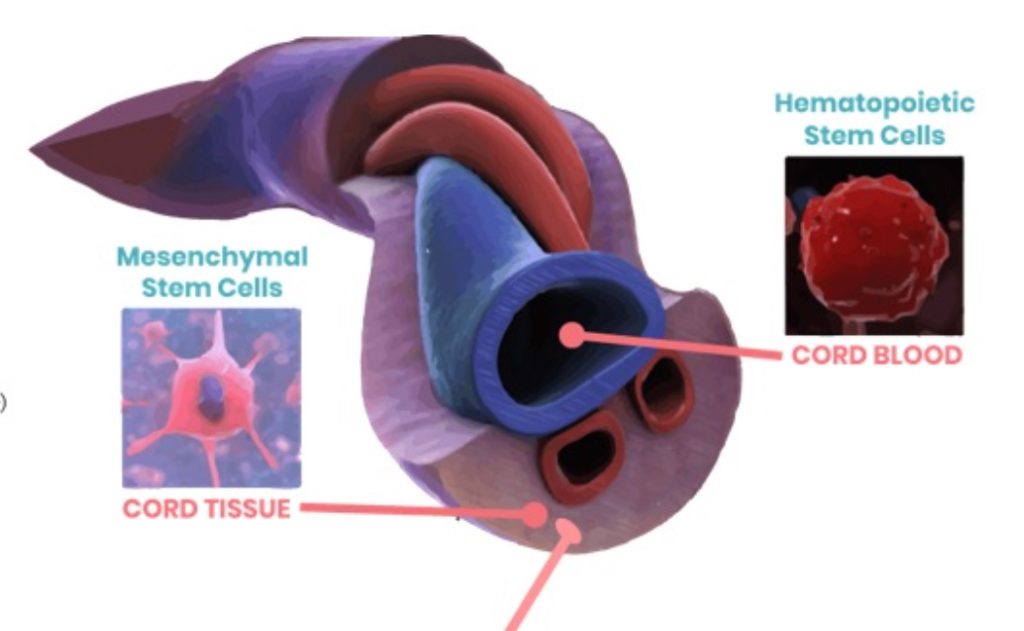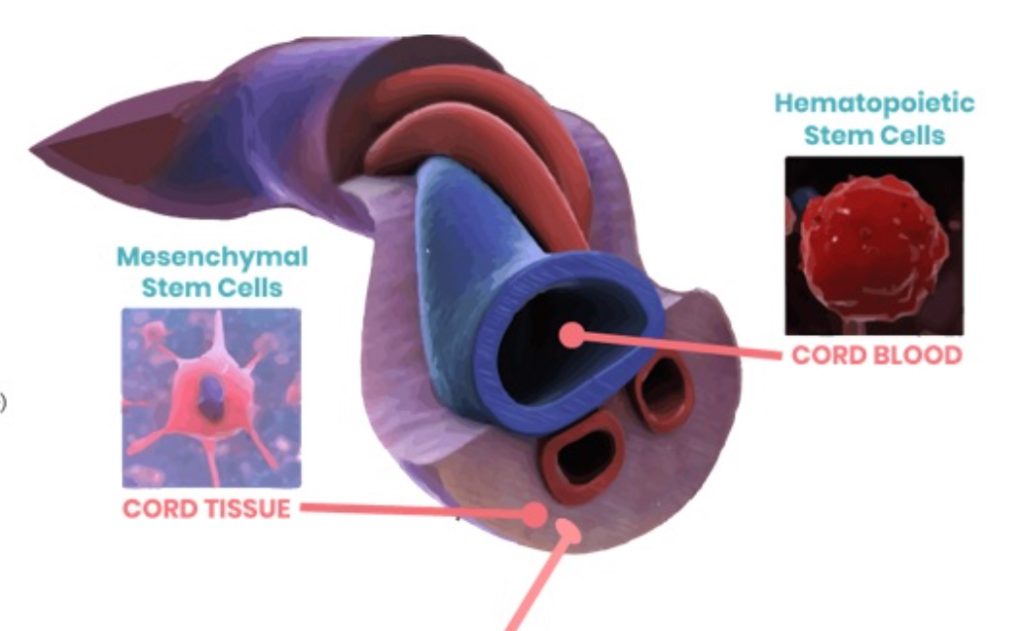Newborn Stem Cell Banking Preservation Cost & Benefits Companies
Table of Contents
Preserving newborn stem cells is an important decision that many parents consider for the future health and well-being of their child. While the benefits of stem cell preservation are significant, it’s crucial to understand the associated costs. In this article, we will discuss the factors that influence the cost of newborn stem cell preservation and provide insights into the expenses involved.
Newborn stem cell preservation, also known as cord blood banking or cord Mesenchymal Stem Cell banking, offers a range of potential benefits for the child and their family. Stem cells collected from a newborn’s umbilical cord blood and cord tissue have the remarkable ability to differentiate into various cell types, making them valuable for medical treatments and research. In this article, we will explore the benefits of newborn stem cell preservation and its potential applications in clinical practice.
Factors Affecting the Cost of Stem Cell Banking Preservation
Several factors contribute to the overall cost of newborn stem cell preservation. Being aware of these factors can help parents make an informed decision:
1. Type of Stem Cell Banking Preservation
There are different types of stem cell preservation available, including cord blood stem cell banking, cord Mesenchymal Stem Cell (MSCs) banking. Each type has its associated costs, depending on the harvesting process and procedures involved.
2. Private vs. Public Preservation
Private preservation involves storing the newborn’s stem cells exclusively for personal use by the child or their family. Public preservation, on the other hand, allows for the donation of the stem cells for potential use by others. Private preservation generally incurs higher costs due to the need for long-term storage and maintenance of the stem cells.
3. Collection and Processing Fees
The process of harvesting and cryopreservation of the stem cells require specialized equipment, expertise, and laboratory procedures. These costs are typically included in the overall preservation fees. It starts from collection of the umbilical cord from the hospital immediately after delivery, till transport it to the lab for the processing, then followed by cryopreservation for future use.
4. Storage and Maintenance Fees
Storing and maintaining the preserved stem cells over time incurs ongoing costs. The stem cells must be stored in specialized facilities equipped with advanced cryopreservation techniques to ensure their viability and longevity. The quality, security measures, and accreditation of the storage facility may influence the cost.
5. Additional Services or Add-Ons
Some stem cell preservation providers may offer additional services or add-ons that can impact the overall cost. These may include expanded genetic testing, genetic counseling, or the ability to store additional samples from the umbilical cord tissue. These optional services can increase the total cost of preservation.
6. Financing and Payment Options
To make newborn stem cell preservation more accessible, many preservation facilities provide financing and payment options. These options may include monthly payment plans or discounts for upfront payments. Parents should inquire about these options and choose the one that aligns with their financial circumstances.
Newborn Stem Cell Banking Preservation Range of Costs
The cost of newborn stem cell preservation can vary significantly depending on the factors mentioned above. On average, private preservation can range from several thousand dollars for initial collection and processing, along with annual storage fees. Public preservation, which involves donation, is typically free of charge for the donor.
It’s important to consider the long-term benefits and potential medical applications of preserved stem cells when evaluating the cost. Newborn stem cell preservation is an investment in the future health of the child, providing a unique biological resource that may be utilized for potential regenerative therapies.
Potential Applications of Newborn Stem Cells
Stem cells derived from newborn cord blood and tissue have shown immense potential in various medical applications. Some of the key areas where these stem cells can be used include:
1. Treatment of Blood Related Disorders.
Newborn stem cells have been successfully used in the treatment of various blood disorders, including leukemia, lymphoma, and anemia. These conditions often require bone marrow or stem cell transplants, and cord blood can serve as a valuable source of compatible stem cells for transplantation.
2. Regenerative Medicine
Stem cells have the unique ability to differentiate into different types of cells and tissues. This characteristic makes them essential in regenerative medicine, where they can potentially be used to repair or replace damaged or diseased cells and tissues. Stem cell therapies hold promise in the treatment of conditions such as spinal cord injuries, heart disease, and neurological disorders.
3. Future Medical Advancements
Newborn stem cell preservation provides families with access to a valuable resource that may have future medical applications. Ongoing research and advancements in stem cell science may uncover new treatment modalities and expand the potential uses of preserved stem cells. By preserving their child’s stem cells, families can be prepared for future medical breakthroughs.
4. Compatibility and Reduced Rejection Risks
Stem cells derived from a child’s cord blood are more likely to be compatible with their own tissues and organs, as well as those of their immediate family members. This reduces the risk of rejection or complications associated with finding a suitable donor from external sources, such as bone marrow registries.
5. Ethical Considerations and Peace of Mind
Newborn stem cell preservation offers ethical considerations and peace of mind for families. It provides an alternative to discarding the umbilical cord, which would otherwise be considered medical waste. Knowing that they have taken steps to secure their child’s future health can bring a sense of reassurance and comfort to parents.
Conclusion
Preserving newborn stem cells is a significant decision with long-term implications for a child’s health. While there are costs associated with stem cell preservation, the potential benefits and medical advancements make it a worthwhile consideration for many parents. By understanding the factors influencing the cost and exploring financing options, parents can make an informed choice that aligns with their goals and financial situation.
Here at Cell Genesis, we offer a unique CEXCI Cord Protein Banking and we are probably the First in the world that provide Stem Cells Protein (Proteomics) Storage and Banking Service. Cell therapies that will change healthcare as we know it are on the horizon. Cell Genesis offers the opportunity to store their own stem cells protein, with the aim of providing an international resource for storing, characterising, and supplying ethically approved, quality controlled, stem cell protein lines for potential future personalized therapy.
FAQs
Can stem cells be used to treat genetic disorders? Stem cells hold potential in treating a wide range of genetic disorders. However, the applicability and effectiveness may vary depending on the specific disorder and the progress of scientific research in that field. Consult with healthcare professionals to understand the potential of stem cell therapy for a specific genetic disorder.
Is stem cell preservation guaranteed to be effective in the future? While stem cell preservation offers a valuable resource for potential future medical applications, it’s important to note that the effectiveness of stem cells depends on various factors, including the quality and viability of the preserved cells and the advancements in medical research. Preserved stem cells provide an opportunity, but the outcomes cannot be guaranteed.
Are there any risks associated with newborn stem cell preservation? The process of stem cell preservation itself is generally considered safe and poses minimal risks. However, it’s essential to choose a reputable and accredited preservation facility to ensure proper handling, storage, and maintenance of the preserved stem cells. Always consult with professionals and gather detailed information before making a decision.
Can stem cells from cord blood be used for siblings? Stem cells derived from cord blood are more likely to be a match for siblings or family members, increasing the chances of successful transplantation. However, it’s important to evaluate compatibility and consult with medical professionals to determine the suitability of using preserved stem cells for siblings or other family members.
How long can preserved stem cells be stored? The longevity of preserved stem cells can vary depending on the storage techniques and facilities used. Cryopreservation methods can allow stem cells to be stored for an extended period, potentially decades. However, it’s crucial to follow the guidelines provided by the preservation facility to ensure the viability and effectiveness of the preserved stem cells.


